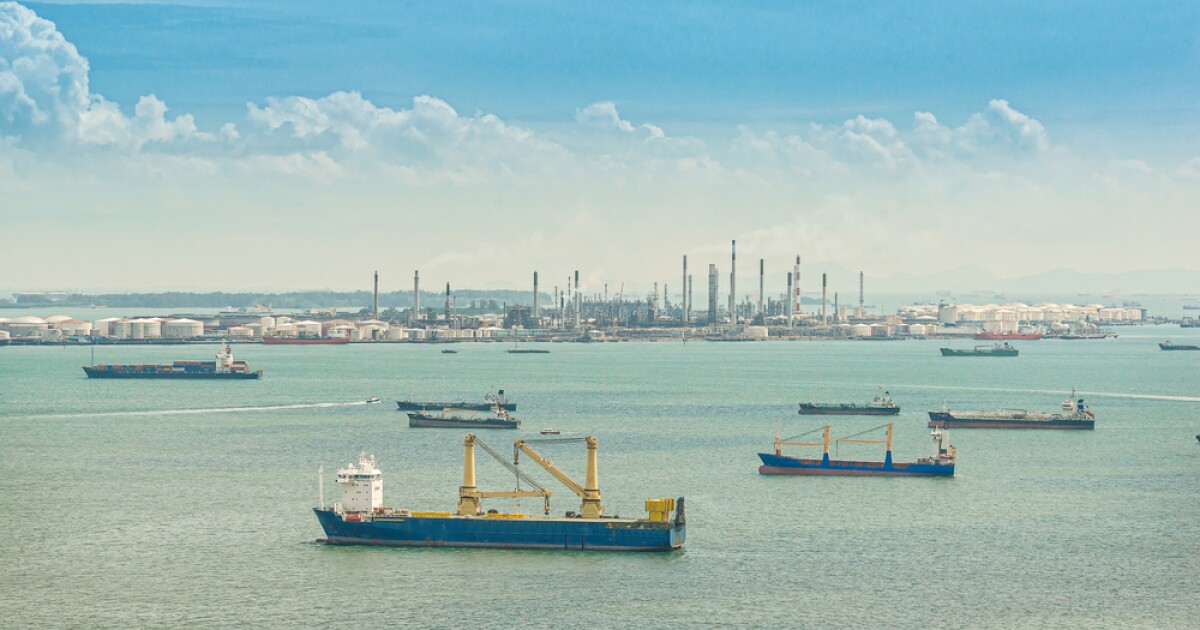Refiners in Asia are coming to terms with the notion that demand for transportation fuels in China, especially gasoline, has peaked and are preparing for a similar trend across the region. Diesel consumption may also be approaching a peak, but at a slower pace for now, partially offset by still rising demand for jet fuel, another middle distillate. These three products account for around two-thirds of traditional refinery output, and the shifting demand trends are forcing refiners in Asia and elsewhere to reassess their fundamental strategies, with many trying to reposition around petrochemicals. The trends point to a seismic shift as refiners retool to meet consumer demand in the coming years while trying to stay profitable. The future of refining was a key theme at this week’s S&P Global Commodity Insights Appec 2025 conference in Singapore. At the same conference last year, participants wondered whether weakness in China’s liquids demand was just a bump in the road. This year, delegates widely accepted that the shift is structural. State-run Sinopec, China’s largest refiner, sees the country’s total liquids demand peaking by 2027, while compatriot China National Petroleum Corp. (CNPC) says it might even peak this year. Both companies reckon China’s gasoline and diesel demand peaked in 2023 at the latest, driven by the rapid electrification of the transportation sector. Chinese electric vehicles (EVs) are on track to account for more than 50% of domestic car sales this year; that could grow to 75% in just a few years, analysts say. Sales of EV heavy trucks are accelerating thanks to strong government subsidies. LNG-fueled heavy trucks have also gained market share, although their growth depends on LNG being consistently cheaper than diesel.
